atriptychofone
3K posts
Things I've been looking at and that I find inspiring. There is no order but you will notice that I post a lot of one thing before I move on to the next.
Don't wanna be here? Send us removal request.
Text

Hiroshi Sugimoto: Opticks
Opticks 040, 2018
35 notes
·
View notes
Text


Hiroshi Sugimoto - Anne of Cleves, 1999 | Diana, Princess of Wales, 1999 - If this photograph now appears lifelike to you, you should reconsider what it means to be alive here and now.
10 notes
·
View notes
Text

Hiroshi Sugimoto // “ Appropiate Proportion”
251 notes
·
View notes
Text
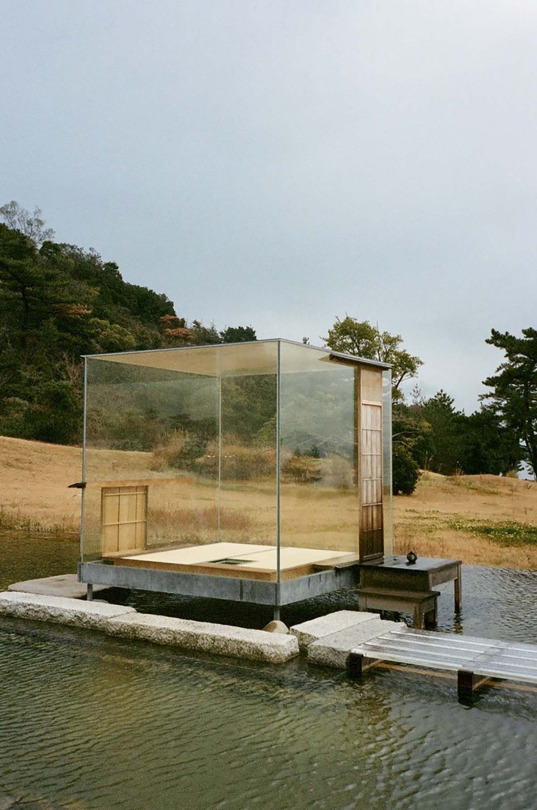
Hiroshi Sugimoto, Glass Tea House Mondrian, 2014.
4K notes
·
View notes
Text

Carpenter Center, Richmond,1993
"I'm a habitual self-interlocutor. One evening while taking photographs at the American Museum of Natural History, I had a near-hallucinatory vision. My internal question-and-answer session leading up to this vision went something like this: "Suppose you shoot a whole movie in a single frame? " The answer: "You get a shining screen. " Immediately I began experimenting in order to realize this vision. One afternoon I walked into a cheap cinema in the East Village with a large-format camera. As soon as the movie started, I fixed the shutter at a wide-open aperture. When the movie finished two hours later, I clicked the shutter closed. That evening I developed the film, and my vision exploded behind my eyes."
2 notes
·
View notes
Text

Everett Square Theater, Boston, 2015 "Mujo"

Palace Theater, Gary, 2015 "Snow White"

Franklin Park Theater, Boston, 2015 "Rashomon"
3 notes
·
View notes
Text




Hiroshi Sugimoto’s Lightning Fields triangulate Benjamin Franklin and Michael Faraday’s pioneering electricity research with William Fox Talbot’s discovery of calotype photography. In this body of work, Sugimoto seeks to capture and re-create these momentous innovations in the darkroom. To create each image, Sugimoto uses a Van De Graaff 400,000-volt generator to apply an electrical charge directly onto film.
7 notes
·
View notes
Photo
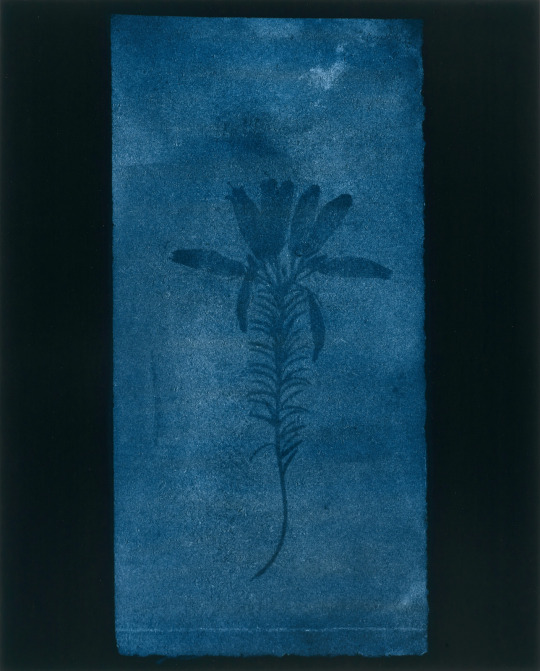
Hiroshi Sugimoto Botanical Specimen (Erica mutabolis), March 1839 2009 Toned gelatin silver print 93.7 x 74.9cm (36 7/8 x 29 ½ in.) © Hiroshi Sugimoto
376 notes
·
View notes
Text

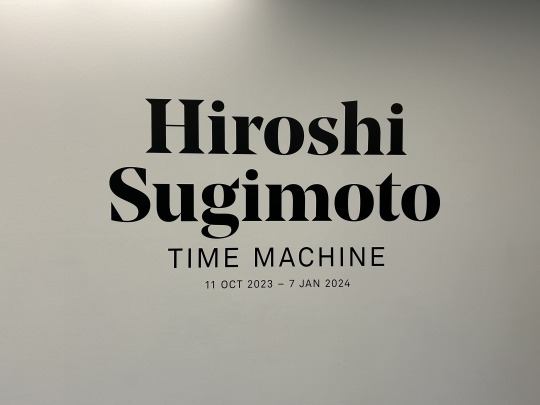

Today I went to the Hiroshi Sugimoto exhibition at the Hayward Gallery on the South Bank. This is his first retrospective in the UK. RM met him earlier this year and spoke to him for GQ Japan.


I really wasn't sure what to expect but what I found was striking, intriguing, and in some cases disturbing and eerie. He's an artist prepared to follow his inspiration wherever it takes him: dioramas at the American Museum of Natural History in New York, abandoned cinemas and theatres in the US and France, the wax works at Madame Tussauds, classical architecture, and experiments with light and electricity. A consistent theme for me was his trying to bring dead and inanimate things to life through photography.
Diorama Series (1976-1977) Using careful framing, long exposure times, and a large view camera for clarity of detail, Sugimoto heightens the illusionism of the dioramas themselves, creating exquisite effigies of a natural world on the verge disappearing.
Polar Bear (1976)
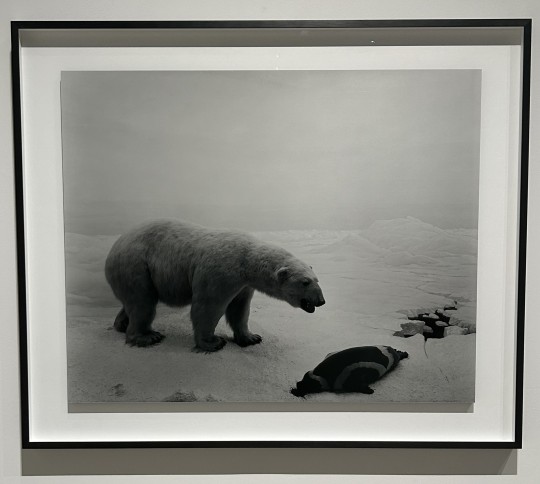
The Theaters Series are photos of abandoned theatres, their classic opulent architecture, now bereft of admiring human eyes, slowly disintegrating. The film on the screen, the only source of light adding to the overall spookiness of the image.
Palace Theater, Gary, 2015 "Snow White"
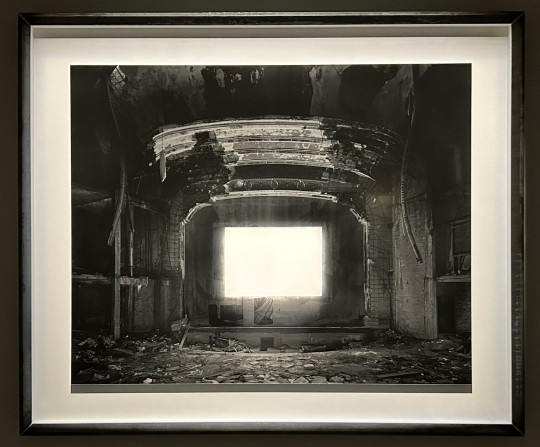
Everything reminds me of BTS at the moment. So I couldn't help but think of this set in Budapest while looking at these photographs.

Portraits Series (1999) A series of photos of famous people, wax figures from Madame Tussaud's and the museum of wax in the Itō, Japan taken out of their museum setting and photographed in a typical portrait style.
Henry the Eighth is the king of bling. He puts DJ Khaled to shame.
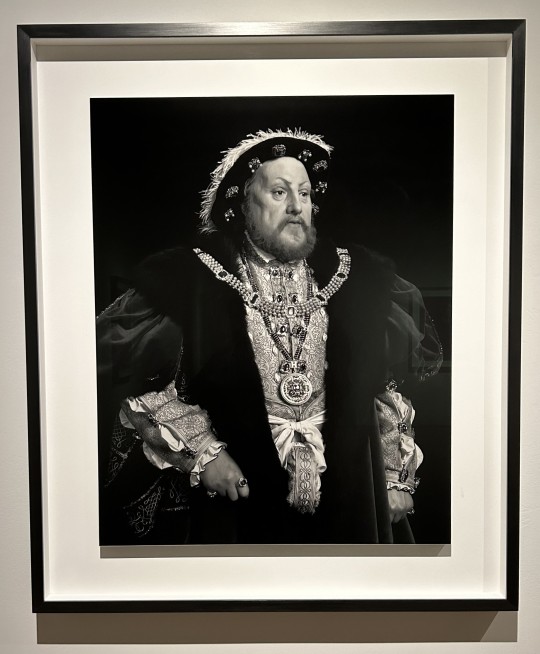

The Architecture Series (2000-2003) are blurred images of well-known examples of Modernist architecture like the Chrysler Building.
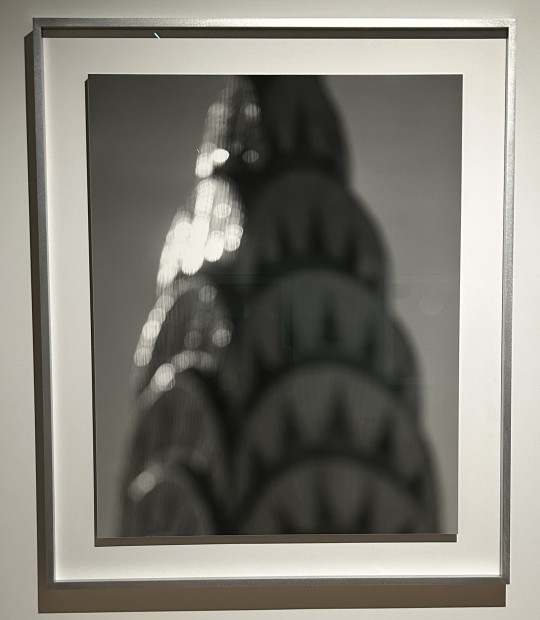
Lightning Fields (2016)- "The idea of observing the effects of electrical discharges on photographic dry plates reflects my desire to re-create the major discoveries of these scientific pioneers in the darkroom and verify them with my own eyes."
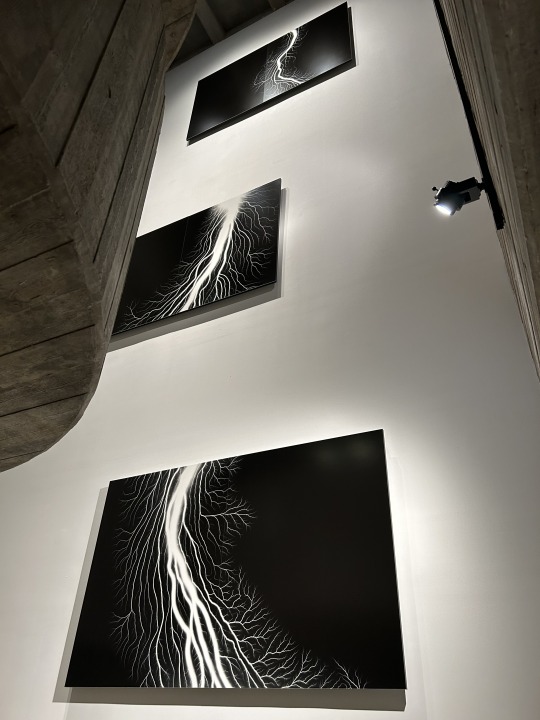
Optiks Series (2018) derived from Newton's prism experiment. Fine particles of color captured within the square frame of a Polaroid photograph.

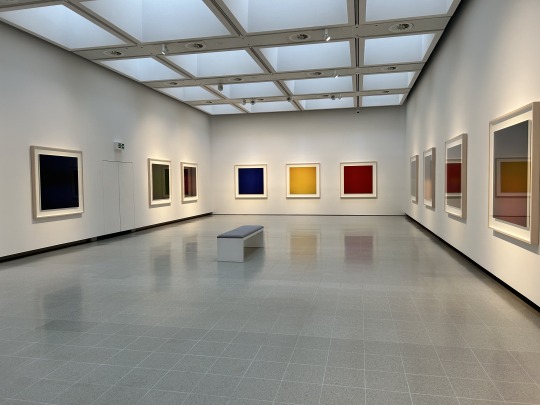
Post Date: 16/12/2023
11 notes
·
View notes
Text

Hiroshi Sugimoto: Opticks
Opticks 158, 2018
chromogenic print
40 notes
·
View notes
Photo

Hiroshi Sugimoto / Five Elements: Sea of Japan
140 notes
·
View notes















